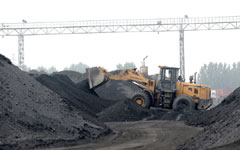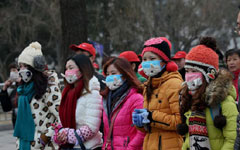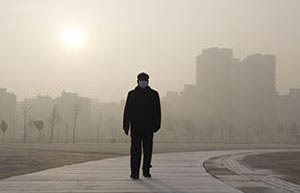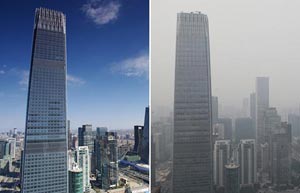Smog insurers, authorities tested by latest pollution
(Xinhua) Updated: 2014-03-25 11:01Despite the accompanying possibility of financial gain from insurance, the fresh bout of pollution has renewed public concerns and heaped more pressure on a government that has vowed to fight the frequent occurrence of smoggy days.
|
 |
|
 |
The capital invested 8 billion yuan in improving air quality last year, Wang added.
Heavy smog blanketed the Chinese capital for a whole week in February, and its neighbors Tianjin and Hebei had no blue skies in the meantime.
Among the top 10 heavily polluted cities, seven are in North China's Hebei province, which encircles Beijing. In addition, Tianjin is also listed among the top 10, according to a report from Tsinghua University.
At a symposium in Beijing on Feb 27, Chinese President Xi Jinping urged that Beijing, Tianjin and Hebei Province should strengthen cooperation and coordination in environmental protection.
China is also set to slash steel and cement capacity and eliminate tens of thousands of coal-fired furnaces, according to a work report delivered by Premier Li Keqiang at the country's recently concluded legislative session.
Beijing, Tianjin and Hebei have pledged that by 2017, coal consumption and carbon dioxide emissions will be reduced by 63 million tonnes and 122 million tonnes, respectively, when compared to 2012.
Over 100 million people live in the three regions, which has a combined area of 216,000 square km.
 |
 |
- China 'incredibly innovative' in many areas: Apple CEO
- City official: Guangzhou further committed to opening-up
- Jack Ma: Globalization backed by technology will cut inequality
- HNA confirms interest in ASEAN's infrastructure investment
- Comments on Xi's letter to 2017 Fortune Global Forum
- China to create more opportunities for the world: Xi
- US tax cuts impact on China two-sided: economists
- Chinese enterprises job fair to be held in Sri Lanka

















